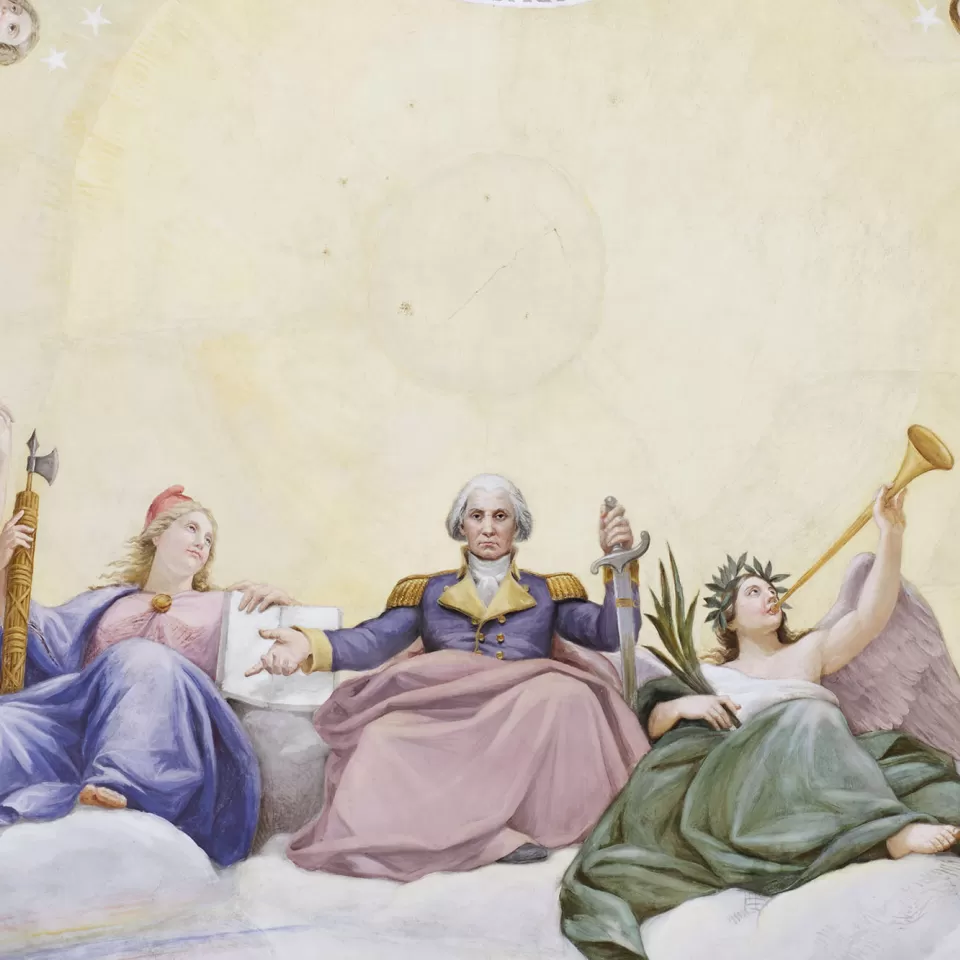Our Stories
Recent Articles
History & Discoveries
A Hallowed Figure in American Art and Culture: the Bald Eagle
The bald eagle is painted, sculpted and carved throughout the Capitol campus. Its white head, wide wingspan and gnarled talons are ubiquitous.
History & Discoveries
Unearthing Capitol Hill's Buried History
Visit Congressional Cemetery and discover the many connections the Architect of the Capitol has to this hallowed ground.
History & Discoveries
The U.S. Capitol Rotunda: Celebrating 200 Years as the Heart of American Democracy
The Rotunda was completed under the direction of Charles Bulfinch by the time of the visit of the Marquis de Lafayette in October 1824.
History & Discoveries
The Liberty Cap: Symbol of American Freedom
The 2024 Olympic mascot is a conical cap, the Phryge, a French symbol of freedom, but it symbolized freedom in the United States before the French adopted it.










Comments
THANK YOU; This is a history lesson I really appreciate. Your group, AOC, is greatly appreciated.
Great information. Many thanks. _x000D_
Thanks so much for this terrific lesson in architecture, engineering, and art.
What an interesting piece of information and architectural history. _x000D_
St. Isaacs in St. Petersburg, Russia, built 1838-58, has a cast iron dome slightly larger and taller than the U. S. Capitol. I thought this was the prototype used by Walter 🙂
Add new comment